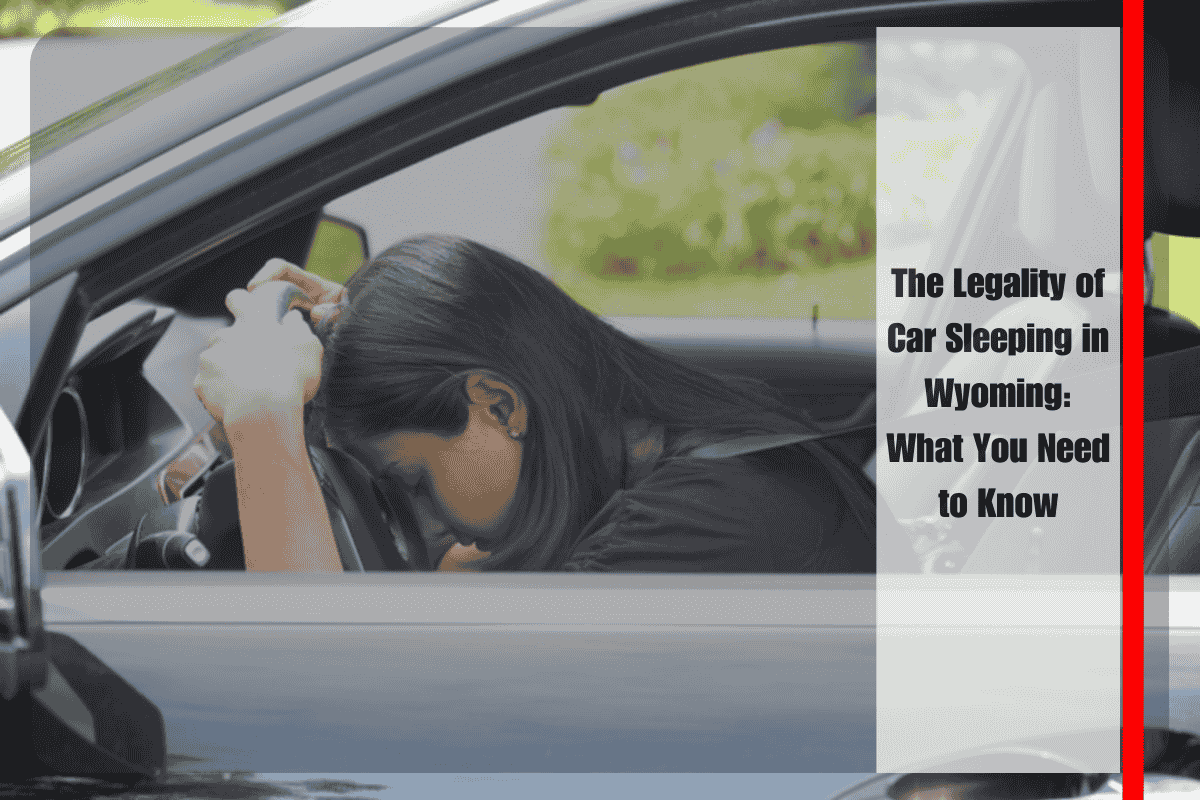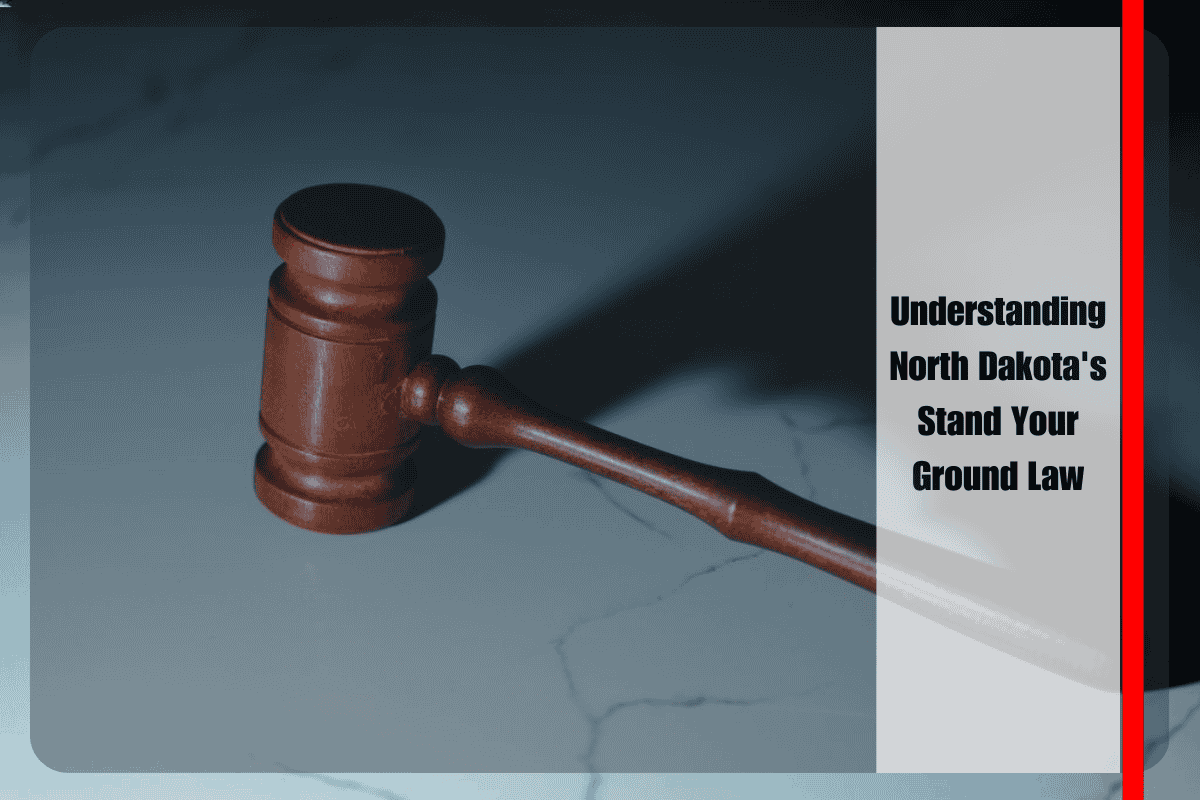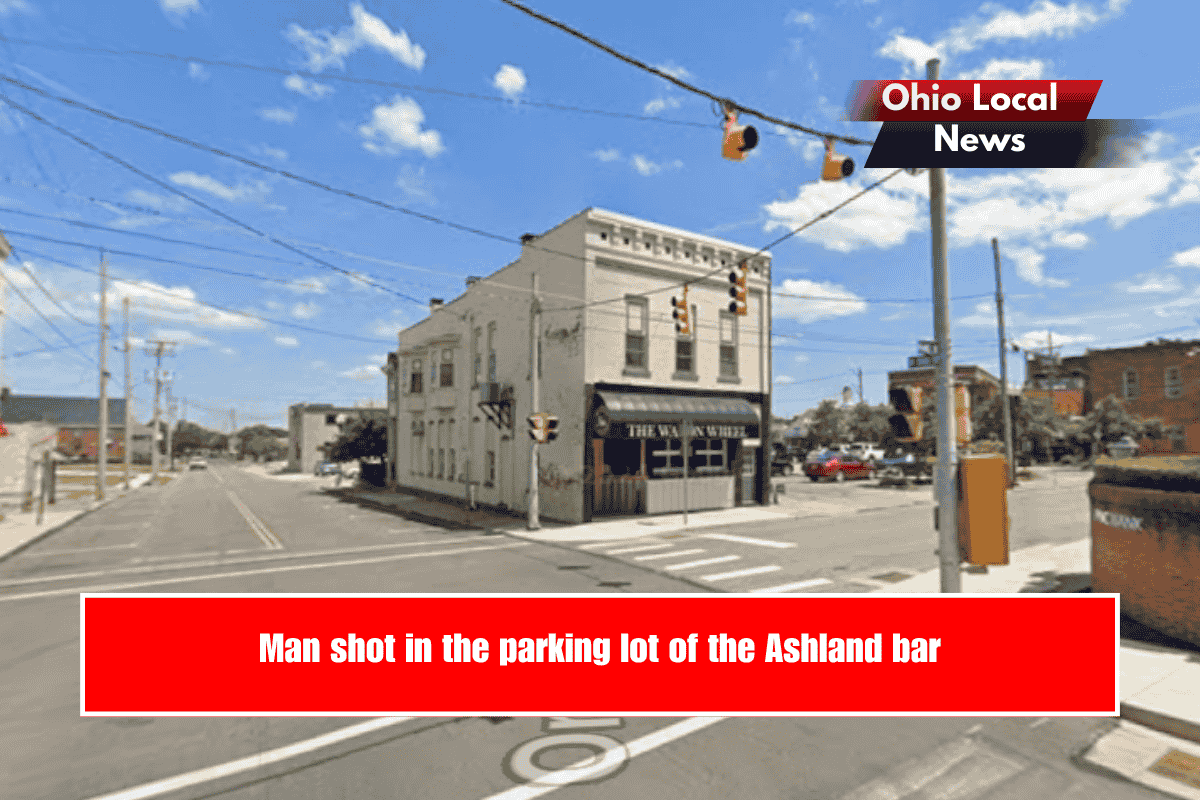Dash cams are widely used in California, offering drivers a sense of security and a reliable source of evidence in the event of accidents or disputes. However, their use is subject to specific legal requirements designed to balance the benefits of recording with concerns about safety and privacy.
California law explicitly permits the use of dash cams, but their placement within a vehicle is strictly regulated. According to the California Vehicle Code, dash cams may only be mounted in certain areas of the windshield: a seven-inch square in the lower right-hand corner, a five-inch square in the lower left-hand corner, or a five-inch square in the upper center portion behind the rearview mirror. The dashboard is also an acceptable location, provided the device does not obstruct the driver’s view. Placement outside these designated zones or in a way that blocks the driver’s vision or interferes with airbag deployment is prohibited. Improper installation can not only result in fines but may also render any recorded footage inadmissible in legal proceedings.
In addition to placement rules, California has stringent privacy laws regarding audio recording. The state is a “two-party consent” jurisdiction, which means that all parties involved in a conversation must be informed of and consent to being recorded. This requirement applies to dash cams with audio capabilities. Drivers must notify all passengers if audio is being recorded, and if a passenger objects, the audio feature should be turned off. Failure to obtain consent can lead to legal consequences, including potential civil penalties for invasion of privacy.
There are specific considerations for commercial drivers, such as those working for rideshare companies. While these drivers are generally permitted to record audio without obtaining explicit consent from each passenger, they must display clear signage in the vehicle informing occupants that recording is taking place. This exception is designed to balance the safety and liability concerns of commercial operators with the privacy expectations of passengers.
The use of dash cam footage is also regulated. In California, such recordings are intended solely for personal use or as evidence in legal or insurance matters. Sharing or distributing footage for other purposes is not allowed. When it comes to legal proceedings, dash cam footage is generally admissible in court, provided it was obtained lawfully and does not violate privacy statutes. The footage must be clear, untampered, and relevant to the case at hand. Judges may exclude footage if it is prejudicial or obtained in violation of evidentiary rules.
Another technical limitation to be aware of is that, in some cases, dash cams are restricted to recording only the 30 seconds before and after a triggering event, such as a collision. This limitation is particularly relevant for devices with event-based recording features, and drivers should consult their device manuals to ensure compliance.
Data privacy is another important aspect of dash cam use in California. Recorded footage, especially if it includes audio, should be treated as sensitive information. Drivers are responsible for storing this data securely and should not share it without the consent of those involved, unless required by law. Law enforcement typically needs a warrant to seize dash cam footage, except in emergency situations where evidence might be destroyed.
While dash cams are legal and can provide significant benefits to California drivers, their use is governed by clear rules regarding placement, audio recording, and data privacy. Adhering to these regulations is essential not only for legal compliance but also to ensure that any recorded evidence is admissible and ethically obtained. Responsible use of dash cams helps protect both drivers and passengers while respecting the privacy rights of all parties involved.
Sources
[1] https://traxxisgps.com/california-dash-cam-laws/
[2] https://www.injury-attorneys.com/sacramento-car-accident-lawyers/california-dash-cam-laws/
[3] https://michaelhendersonlaw.com/legal-placement-dashcam-california/
[4] https://www.azuga.com/blog/dash-cam-laws
[5] https://sorenacaraudio.com/dashcam-laws-in-california-what-you-need-to-know/












